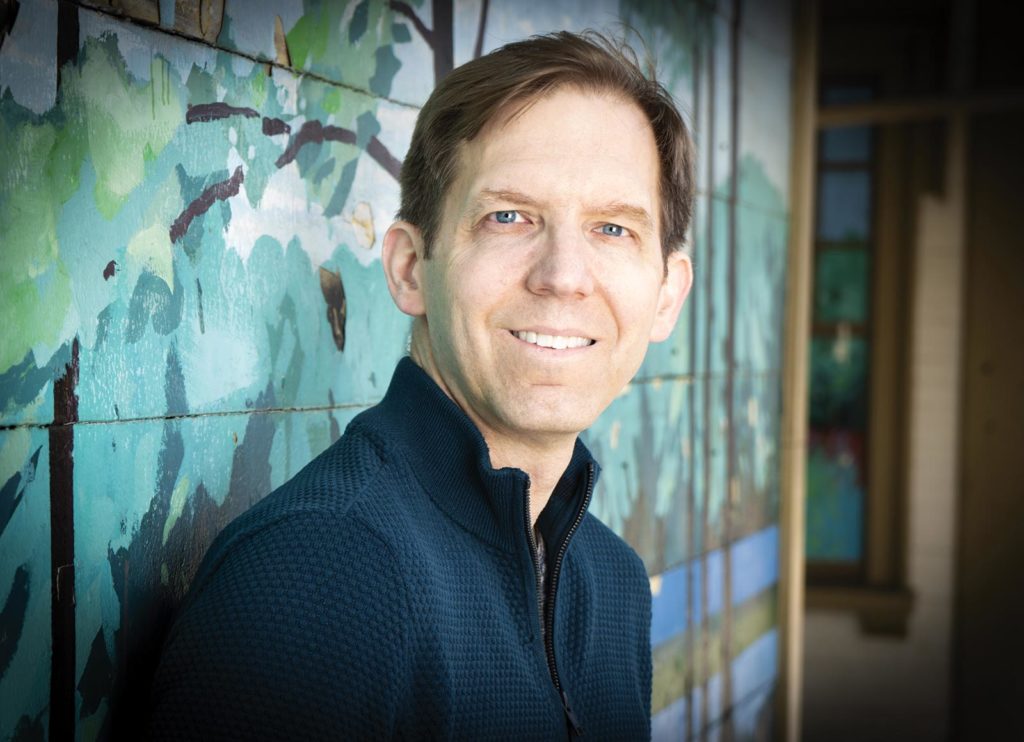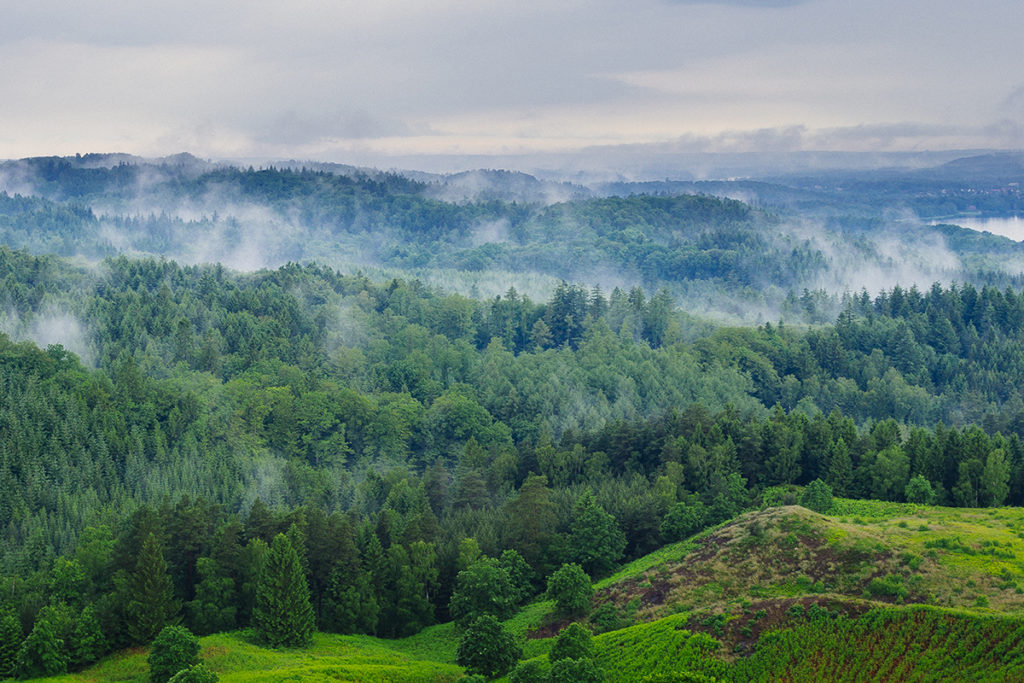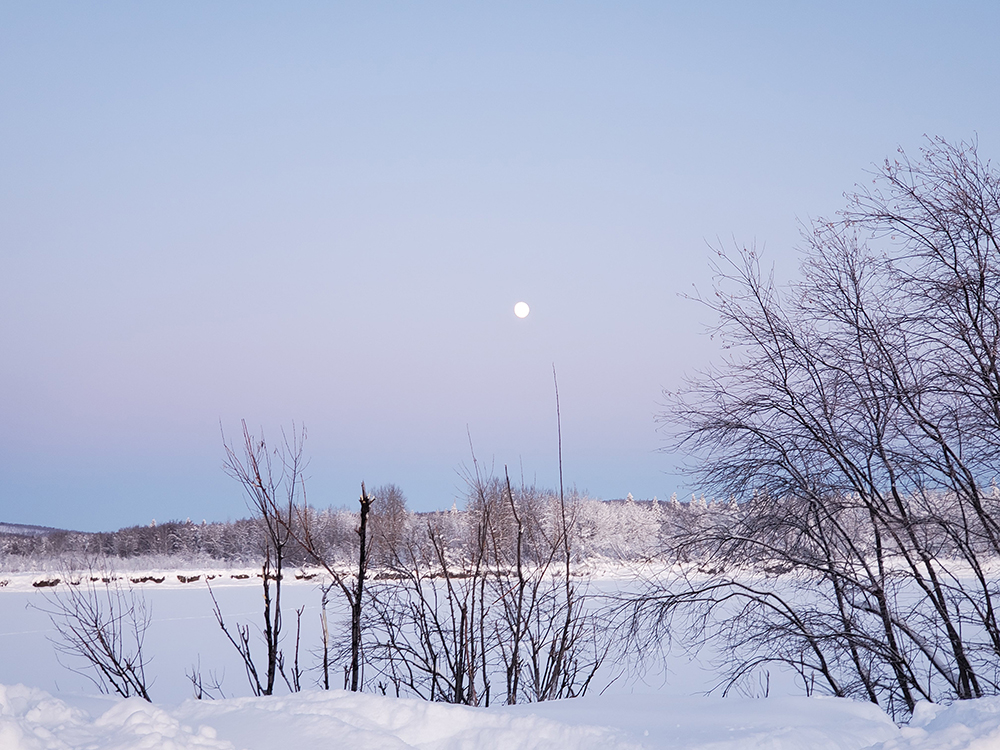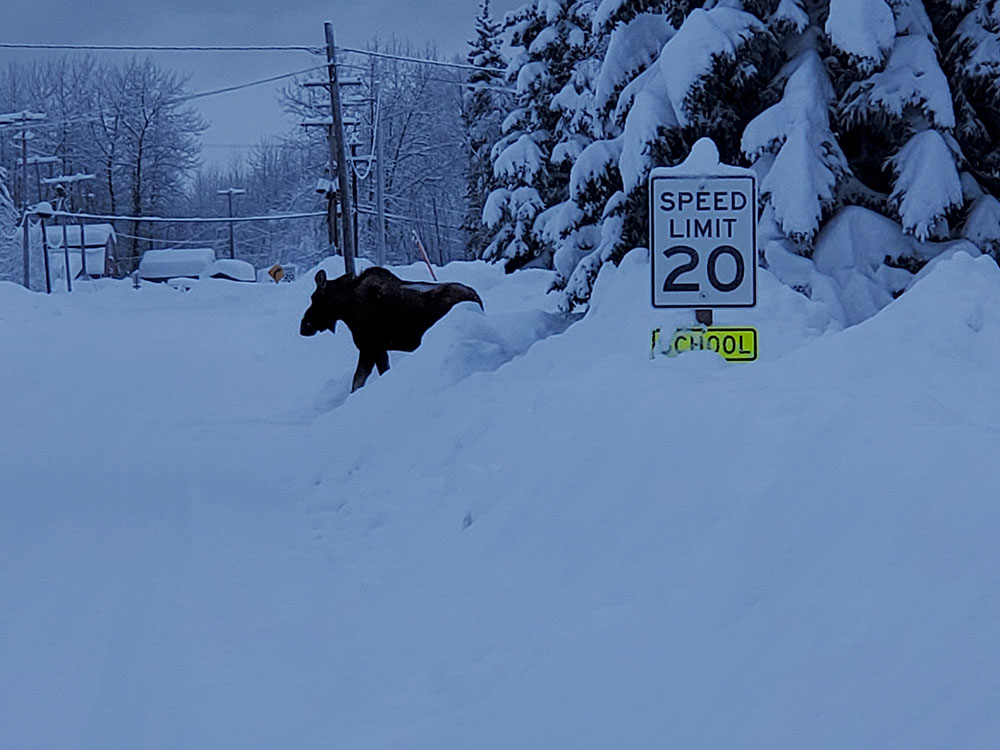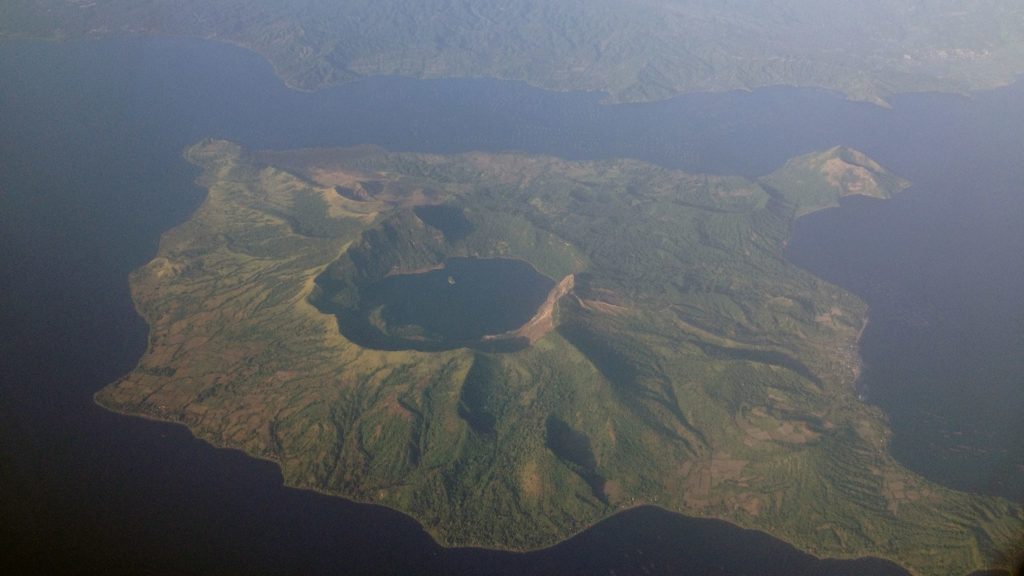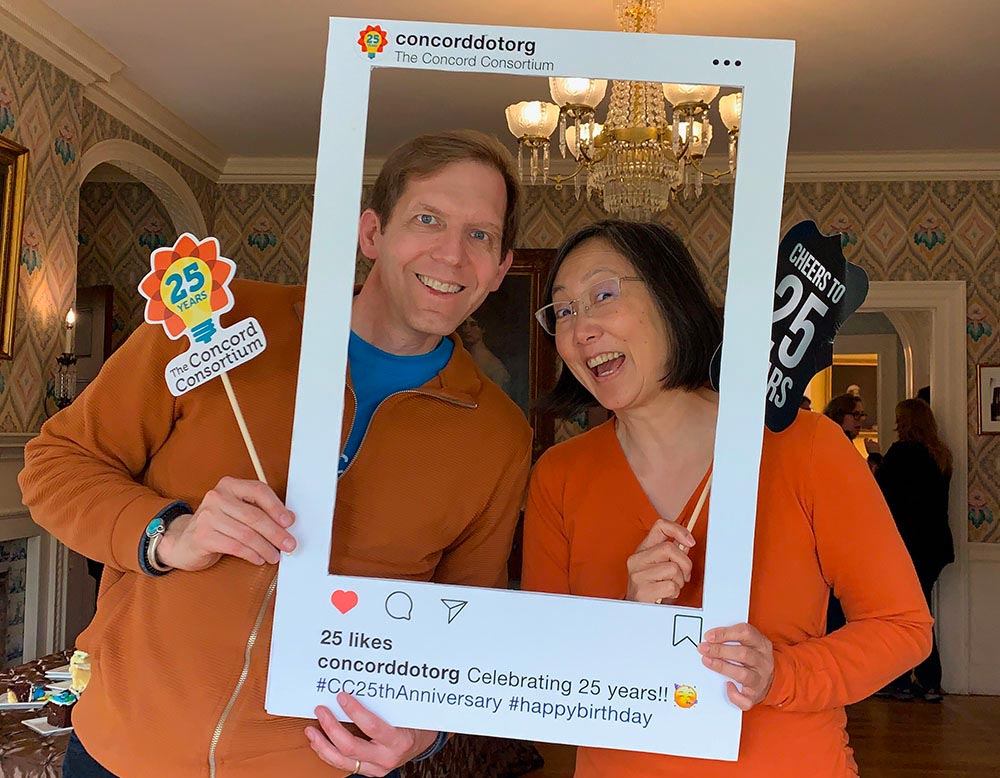Note: This blog post was first published on GettingSmart.com. We are living in an extraordinary moment in time. We will remember this global pandemic for decades and longer. Though the events happening now will last in our memories, the many changes that are sure to ripple forward will persist everywhere from our habits to our […]
Today marks the 50th anniversary of Earth Day. This holiday is devoted to our amazing planet and the resources we rely on. It is traditionally a day of environmentalism, devoted to sustainability and minimizing human impact on the environment. Earth Day 2020 comes in the midst of the COVID-19 pandemic that has radically changed our […]
Andy Zucker was a senior scientist at the Concord Consortium. Penny Noyce served on the Concord Consortium’s Board of Directors. Andy Zucker and Penny Noyce, both formerly associated with the Concord Consortium for many years, created a free one-week curriculum unit for grades 6-12 called Resisting Scientific Misinformation. The unit includes four short videos especially […]
Our Precipitating Change project has been exploring the science of weather and weather prediction with students in Alaska. We’ve been assisted by someone many Alaska students recognize, Jackie Purcell, chief meteorologist at KTUU Channel 2 in Anchorage. Jackie gets around, and not just on television. At the Alaska State Fair, “I run into folks from […]
We are delighted to announce that our Common Online Data Analysis Platform (CODAP) has earned the Research-Based Design product certification from Digital Promise. The new product certification is intended to serve as a rigorous, reliable signal for consumers, including school administrators, educators, and families looking for evidence of research-based educational technology products. CODAP is easy-to-use […]
Alaska is a place of superlatives. It is so big it encompassed four time zones until 1983, after which most of the state, except for the far western Aleutian Islands, was consolidated into what’s known today as the Alaska Time Zone. Its weather is colossal, too, blowing so fierce and frigid in the winter it […]
All volcanic eruptions are dangerous. Some are more dangerous than others. Volcanic eruptions range from slow, relatively gentle flows of lava to explosive eruptions of gases, ash, and rock. Our Visualizing Geohazards and Risk with Code project (GeoCode) challenges students to model tephra volcanic eruptions (tephra refers to all particles ejected explosively from a volcano, […]
The year 2019 was a very special one for the Concord Consortium and we’re delighted to present the year in review with our top 10 news stories!
We’re making an impact with 12 publications in researcher and teacher practitioner journals that showcase the state of the field in STEM educational technology in 2019. Learn about a theoretical framework that positions students as data producers rather than merely data collectors (#10), automated text scoring and feedback in Earth science curriculum modules (#3, #12), […]
Constructing a coherent picture of the multiple complex biological processes involved in evolution is challenging—more so because of how evolution is taught in school. “One of the barriers to students understanding evolution is that we have all these processes that can be involved with evolution, but students don’t learn about them in the same context,” […]
